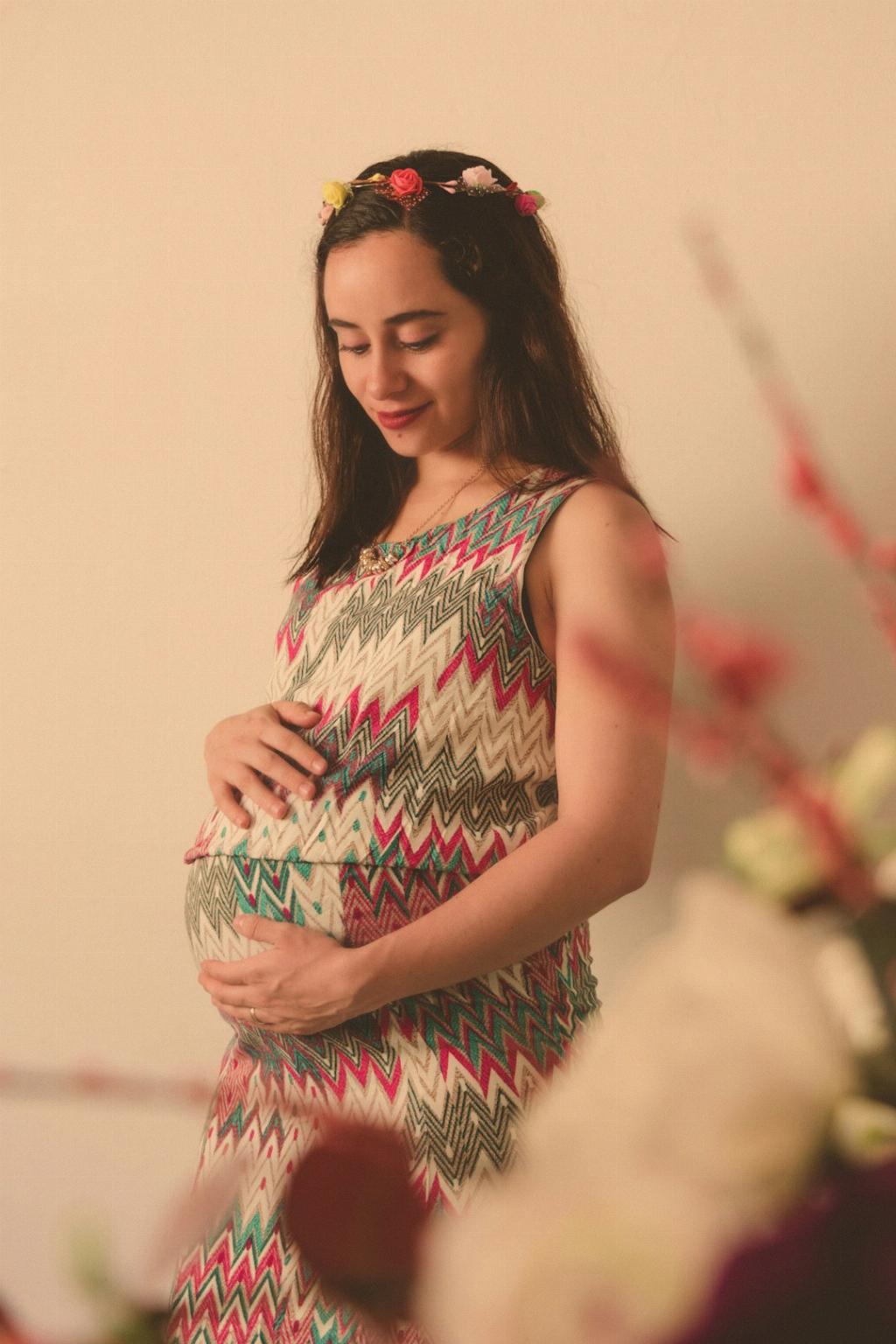At 3 weeks pregnant, the journey of pregnancy has just begun. During this early stage, the developing embryo is still a tiny cluster of cells known as blastocyst. At this point, the blastocyst has not yet fully developed into a fetus, and it is too small to be seen with the naked eye.
The Role of Ultrasound in Early Pregnancy
Ultrasound technology plays a crucial role in monitoring the progress of pregnancy. However, even with the most advanced ultrasound machines, it is not possible to detect the presence of a baby at 3 weeks pregnant. The embryo is just beginning its journey, and it will take time to develop into a recognizable fetus.
Development of the Embryo
During the third week of pregnancy, the blastocyst is in the process of implanting itself into the lining of the uterus. This crucial step marks the beginning of the formation of the placenta and the amniotic sac, which will provide the necessary nutrients and protection for the growing embryo.
Size of the Embryo
At 3 weeks pregnant, the embryo is incredibly small, typically measuring about 0.1 to 0.2 millimeters in size. Its minuscule dimensions make it impossible to visualize on an ultrasound scan. The embryo is still in the early stages of development and has a long way to go before it resembles a human baby.
Visualizing the Pregnancy Progress
While it may be disappointing not to see a baby at 3 weeks pregnant, it is important to remember that the journey of pregnancy is a gradual process. As the weeks progress, the embryo will continue to grow and develop, eventually transforming into a fetus that can be seen on an ultrasound scan.
Importance of Early Pregnancy Care
Even though a baby is not visible at 3 weeks pregnant, early prenatal care is crucial for the health and well-being of both the mother and the developing embryo. It is important to start taking prenatal vitamins, eating a balanced diet, and avoiding harmful substances to support a healthy pregnancy.
Emotional Aspects of Early Pregnancy
Discovering that you are pregnant can evoke a range of emotions, from excitement to uncertainty. It is normal to have questions and concerns about the journey ahead. Seeking support from loved ones and healthcare providers can help navigate through this emotional time.
Patience in the Pregnancy Journey
Patience is key when it comes to pregnancy, especially in the early weeks when changes may not be visible externally. It is essential to trust the natural process of development and to give the embryo the time it needs to grow and thrive within the womb.
Monitoring Pregnancy Progress
While a baby may not be visible at 3 weeks pregnant, regular prenatal appointments and ultrasounds will help monitor the progress of the pregnancy. These check-ups allow healthcare providers to track the growth of the embryo and ensure that everything is developing as it should.
Celebrating Each Stage of Pregnancy
Every stage of pregnancy, no matter how early, is a cause for celebration. Each milestone in the journey of pregnancy brings the anticipation of new beginnings and the joy of bringing a new life into the world. Embracing the process can make the experience even more meaningful.
Conclusion
In conclusion, while a baby is not visible at 3 weeks pregnant, the early stages of pregnancy are a crucial time for the development of the embryo. Embracing the journey with patience, care, and support can help pave the way for a healthy and happy pregnancy. Remember to cherish each moment and look forward to the exciting milestones that lie ahead.

